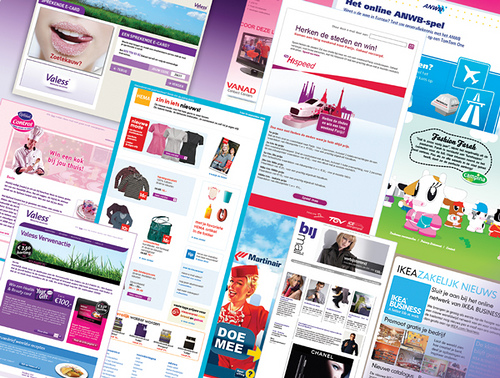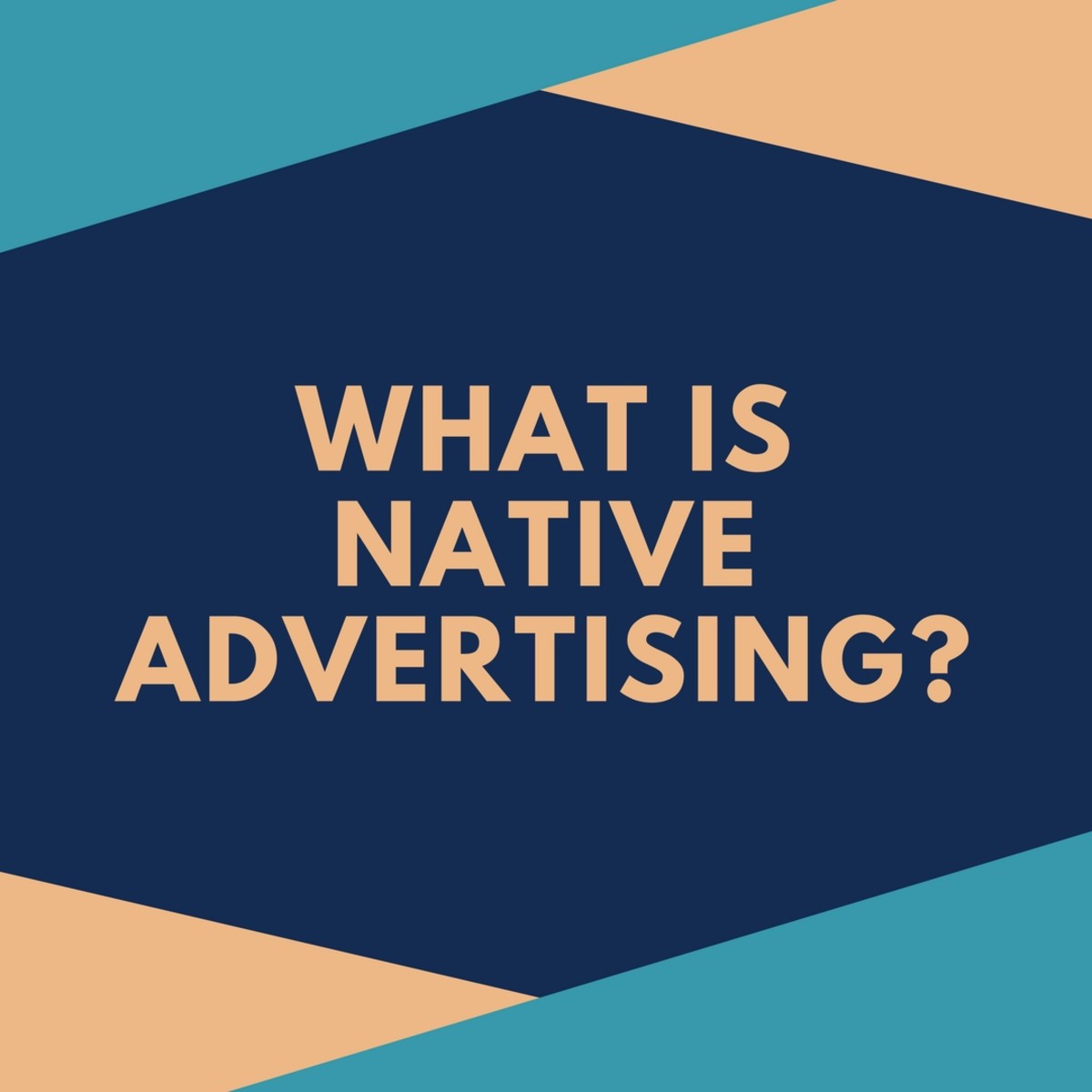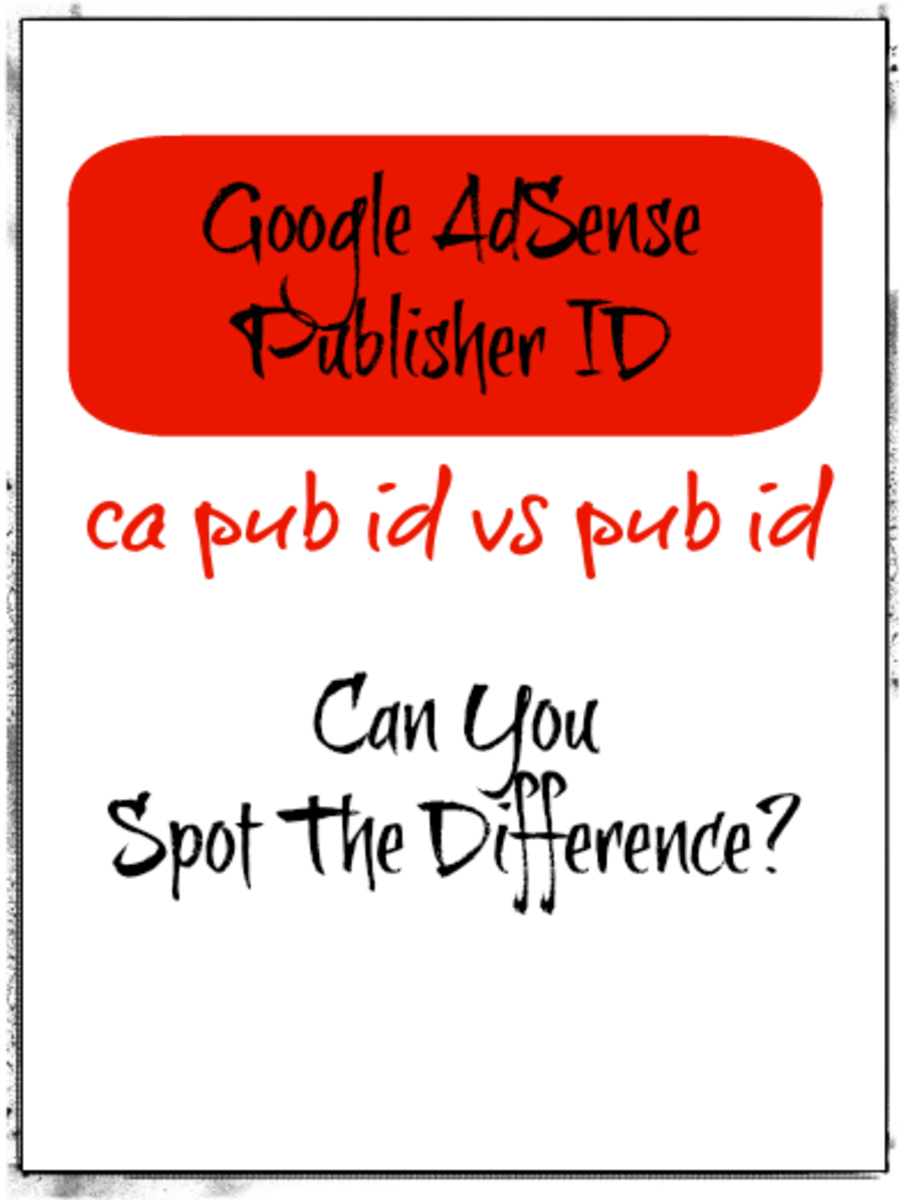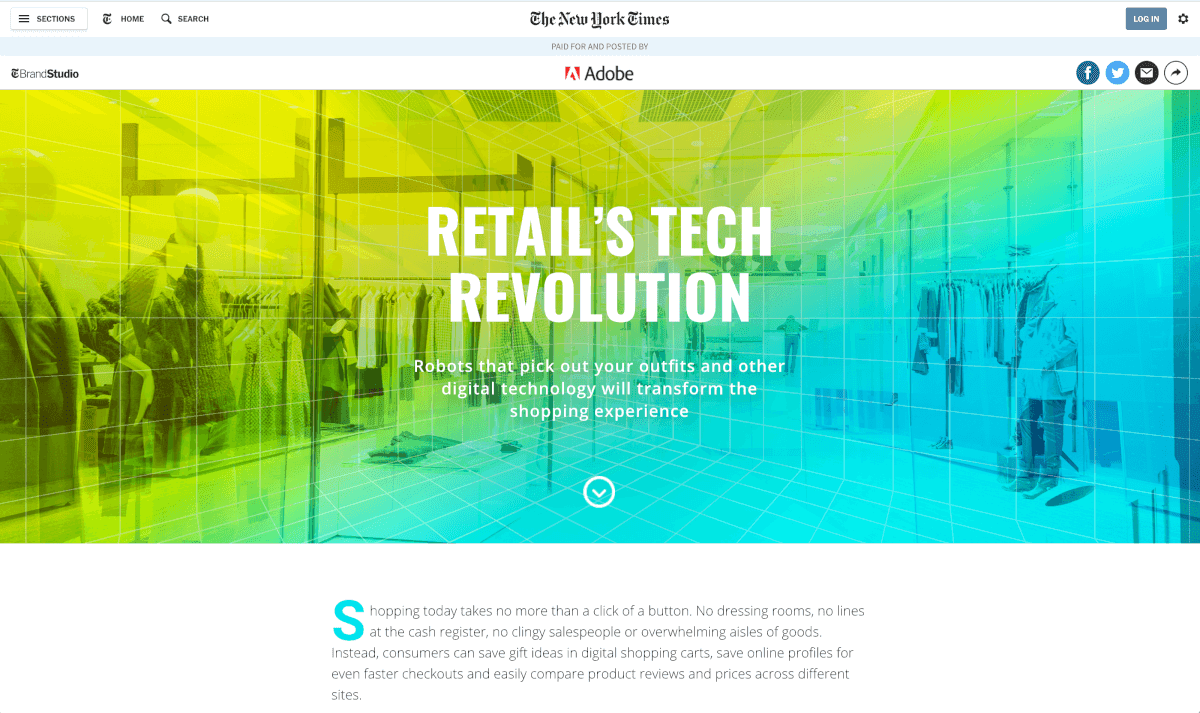Types of Online Advertising Techniques

Billions are spent on internet advertising every year. Online advertising is an easy way for companies to quickly reach a large audience of people.
One advantage of online advertising is that the effect of ads can be quickly and easily measured. When website visitors click on a link, the results can be tracked immediately.
If you have a product to sell, there are a variety of different types of online advertisement techniques which are available for you.
What are the Cost Models for Online Advertising?
Three ways in which online ads can be purchase include CPM, CPC and CPA:
CPM (Cost Per Mille). Using this model,the advertiser pays for the number of people who view the website. 'Per Mille' means per thousand visitors.
CPA (Cost Per Action). With this model, the advertiser only pays out if someone clicks the ad and then goes on to purchase something. So, there is only a cost if the ad is successful.
PPC (Pay Per Click). This is the most common model for online advertising. In this case, the advertiser pays if someone clicks an ad.
What Are Some Different Types of Online Advertising?
- Text Ads.These are simple ads with text. They have a link. Keywords are important in text ads. Advertisers are careful to select the best keywords for their product.
- Display Advertising. One popular type is the banner ad, which can use static images, flash of video.
- Content Advertising. This involves the creation of content, such as articles or blog posts. While the content might not look like an ad, it still has the goal of making site visitors aware of and buy a particular product.
- Affiliate Programs. With this kind of advertising, website publishers are paid fees when somebody clicks through a link on their site and buys a products. An example of a website which has used affiliate programs very successfully is Amazon.
- Viral Videos. These are short videos which become popular as a result of being shared through websites, social media and email.
- Social Network Advertising. This involves the use of websites such as FaceBook and Twitter for advertising. There are certainly plenty of people addicted to social networking sites, so the potential audience is wide.
- Paid-To-Read Advertising. With this kind of advertising, visitors sign up for websites which pay them to receive advertisements directly in their email inboxes.
What Are Some Methods of Targeting Online Ads?
Contextual. With this method, the ads which are served to the user depend on the content of the site they are looking at. If you are looking at a website about parenting, you might see ads about nappies, baby clothes or educational toys. The ads fit with the content of the website they are displayed on.
Behavioral. This is where the ad depends on the web surfing patterns of the visitor to a site. Things like recent online purchases, browising history and recent searches all effect the ads which are served up to the site visitor. If you recently visited a health website, you might find yourself been shown advertisements for health related products.
Geotargeting. This is a method of finding out the location of a website visitor and delivering different specific content to that visitor based on their location. In terms of advertising, this is obviously helpful since adverts can be displayed which are appropriate to consumers in particular cities or regions.
For many small businesses, one source of online advertising actually comes for free. Google Places can be an effective way to drive traffic to your company website. What's more the service is completely free.
What Kind of Online Advertising Do People Not Like?
Internet users crave free content and most know that they will have to put up with some online advertisements to get this. However, there are some kinds of ads which don't go down well with many internet users:
- Popups. A major gripe of many web surfers is popups. These are ads which the viewer is forced to view - ads which just pop up when you visit a page. Unless it is highly likely targeted, it his very unlikely that this kind of ad will be successful.
- Flash Intros. These are the video ads which appear on loading the page of an article and cover up what the reader is looking at. Unless it is the kind of ad which grabs the attention of the visitor immediately, it is unlikely this ad will do more than annoy.
- Overlays. These ads cover up the article web users are trying to read. It can be a struggle for a site visitor to find how to close the ad and make it go away.
- Audio in ads. Videos on webpages often start playing automatically. Some of these come with sound, which starts as soon as the page loads. Sudden bursts of audio can be annoying, especially if the visitor is viewing the page in a space with other people around.
- In-line text ads. These are text links which link words to other sites. They seem like normal links which are part of an article. When a visitor clicks on them though, they will discover that they are just ads.








